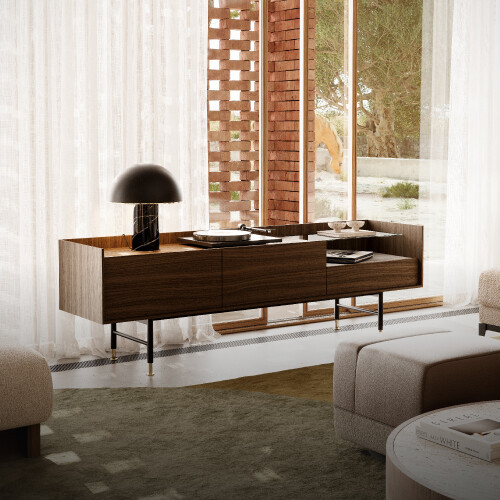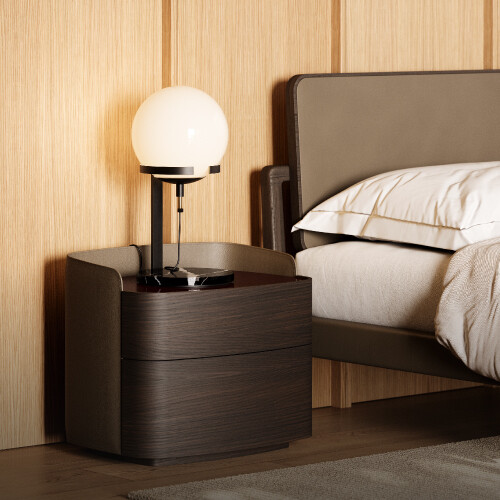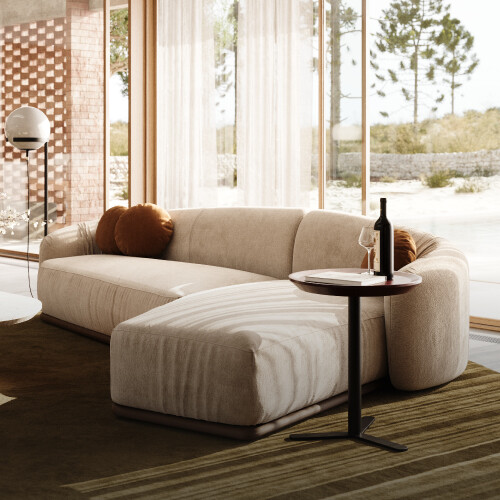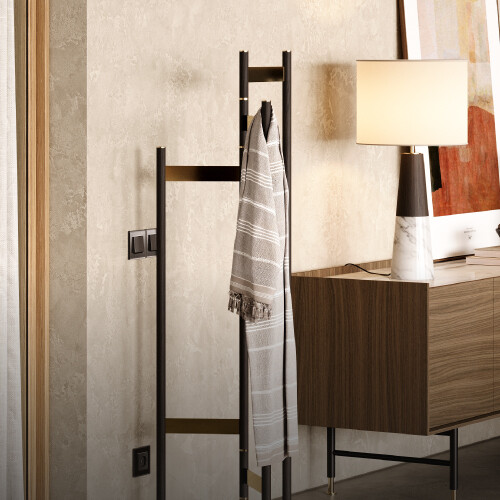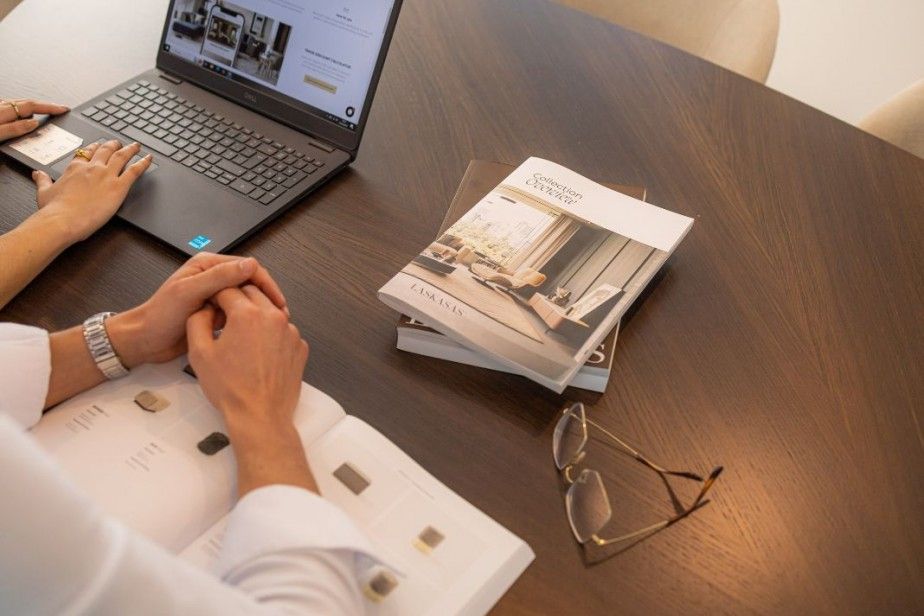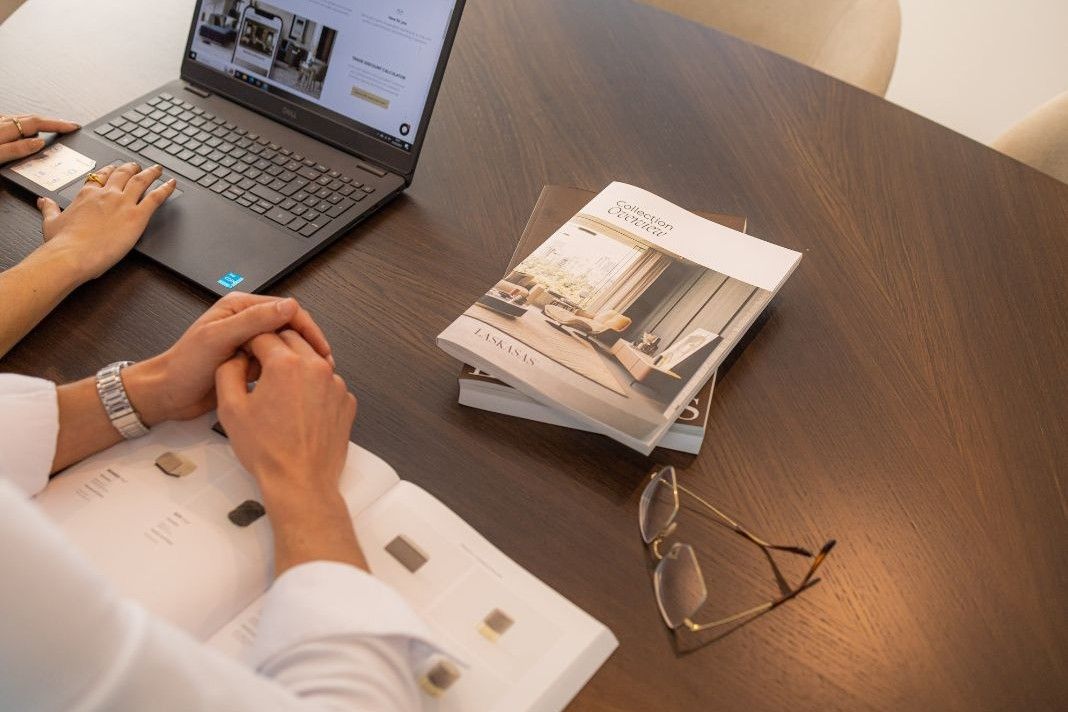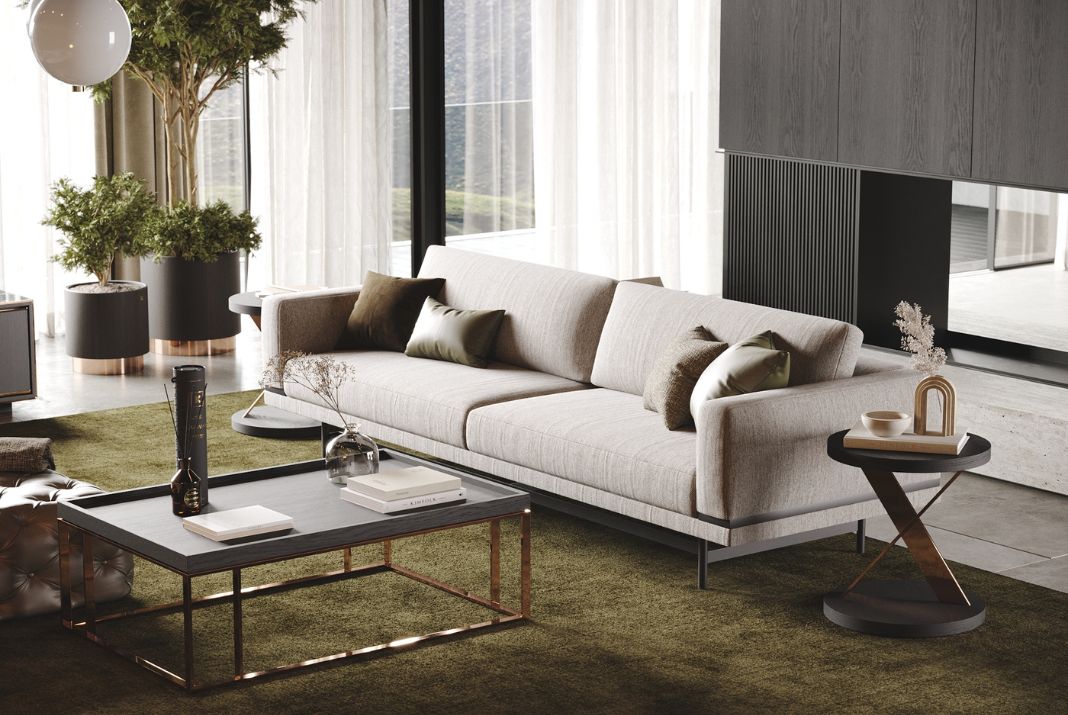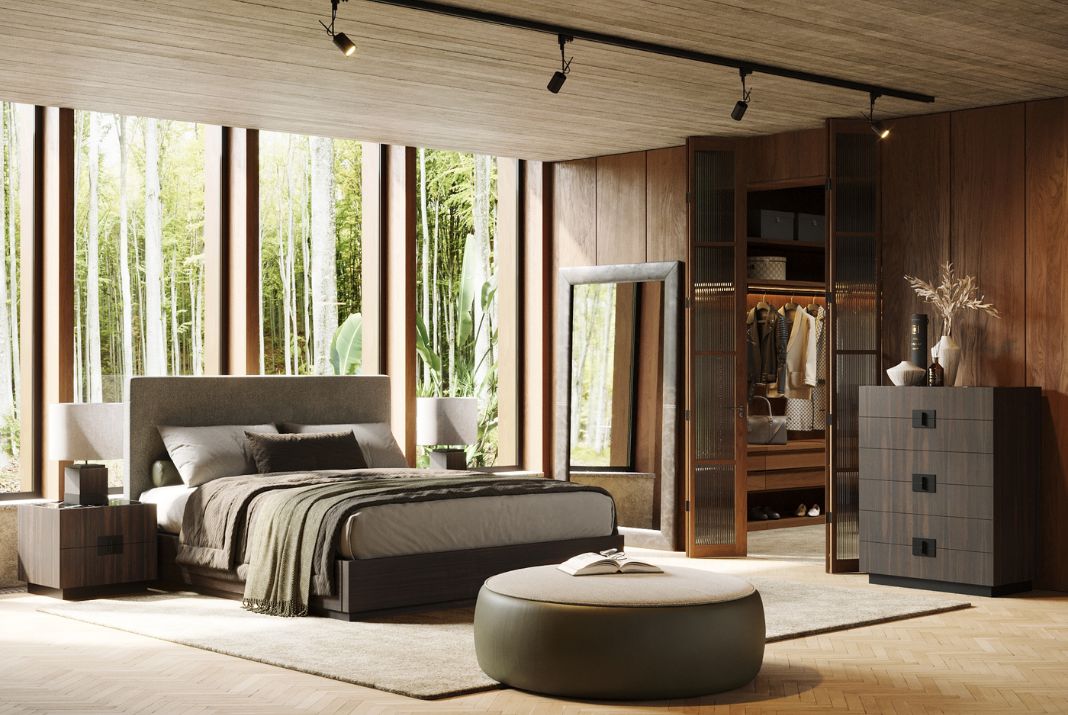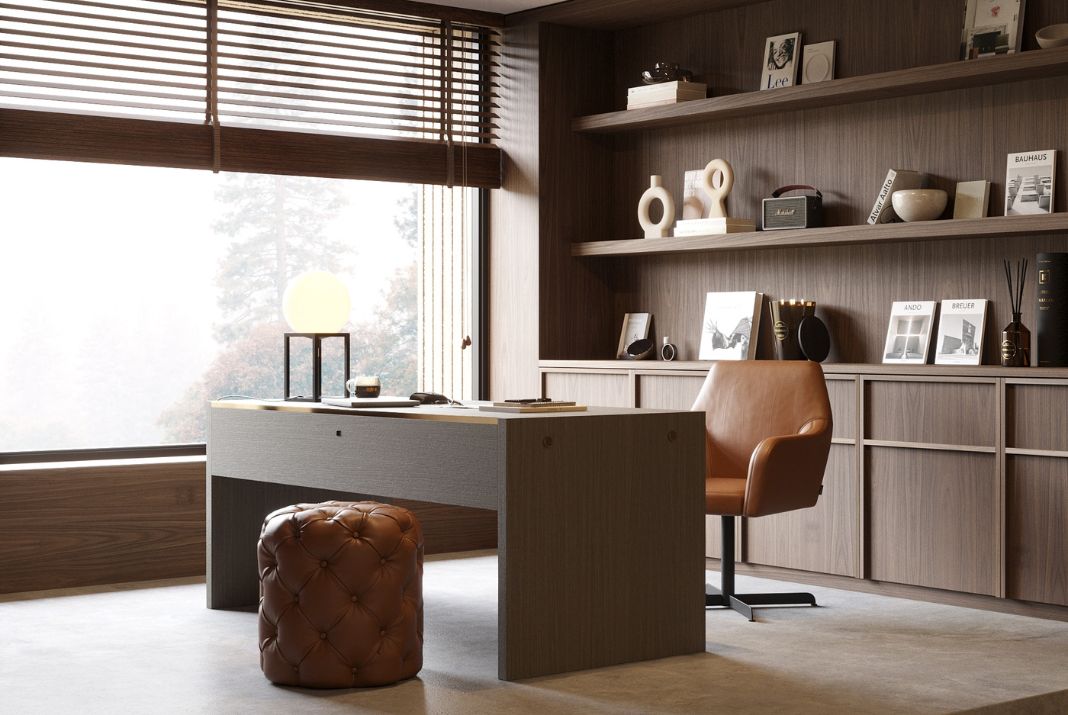Design goes beyond mere functionality; it has the power to evoke emotions, create connections, and shape our experiences within a space. Whether it's your home, office, or any other environment, the design choices you make can have a profound impact on how you feel and interact with the space. In this article, we will delve into the world of emotional design and explore how various design elements can influence our emotions and enhance our overall well-being.
THE IMPORTANCE OF DESIGN IN CREATING A EMOTIONAL IMPACT
Design as a Powerful Tool for Emotional Connection
Design is not just about aesthetics; it's about creating an emotional connection with the user. Every design decision, from the colours and materials to the layout and lighting, can influence our mood and emotional state. By understanding the psychological impact of design choices, we can create spaces that resonate with our emotions and enhance our experiences.
The Role of Colours in Setting the Mood
Colours have a significant impact on our emotions and can set the tone for a space. Warm colours like red and orange evoke energy and passion, while cool colours like blue and green promote calmness and tranquillity. By carefully selecting and combining colours, you can create an atmosphere that aligns with the desired emotional experience.
Utilizing Lighting to Evoke Emotions
Lighting is another essential element in creating emotional impact. Bright, white lights can enhance focus and productivity, while soft, warm lighting can create a cosy and intimate ambience. Adjustable lighting systems allow you to adapt the mood of a space according to the time of day or the desired activity. By strategically placing and using different types of lighting fixtures, you can shape the atmosphere and evoke specific emotions within your space.
Texture and Materials for Sensory Experience
Texture and materials play a crucial role in the sensory experience of a space. Smooth, polished surfaces can convey a sense of sophistication and modernity, while rough textures can add a touch of warmth and cosiness. By incorporating a variety of textures and materials, you can create a multi-dimensional space that engages the senses and elicits emotional responses.
DESIGN ELEMENTS THAT ENHANCE EMOTIONAL EXPERIENCE
Understanding Proportions and Balance
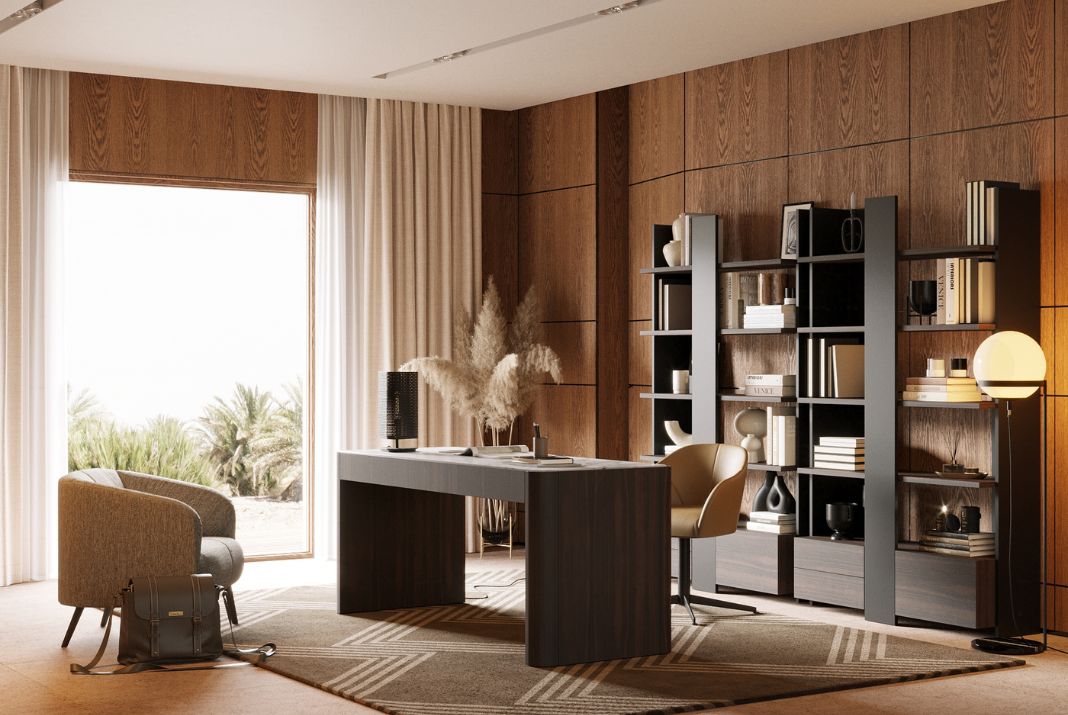
Proportions and balance are key principles in design that contribute to a sense of harmony and visual appeal. By ensuring that elements within a space are proportionate to one another and well-balanced, you can create a visually pleasing environment that promotes a feeling of calmness and order.
Creating Harmony through Layout and Composition
The layout and composition of a space can greatly influence its emotional impact. A well-thought-out arrangement of furniture, objects, and architectural features can create a flow that feels natural and harmonious. By considering the spatial relationships and focal points, you can guide the eye and create a sense of balance and unity within the space.
Incorporating Nature for Tranquillity and Vitality
Bringing elements of nature into your space can have a profound impact on your emotional well-being. Natural materials, such as wood and stone, can create a sense of grounding and connection with the earth. Introducing plants and natural motifs can evoke feelings of tranquillity, vitality, and rejuvenation. Nature-inspired design elements can transform a space into a sanctuary that promotes relaxation and a sense of well-being.
Personalization and the Power of Sentimental Objects
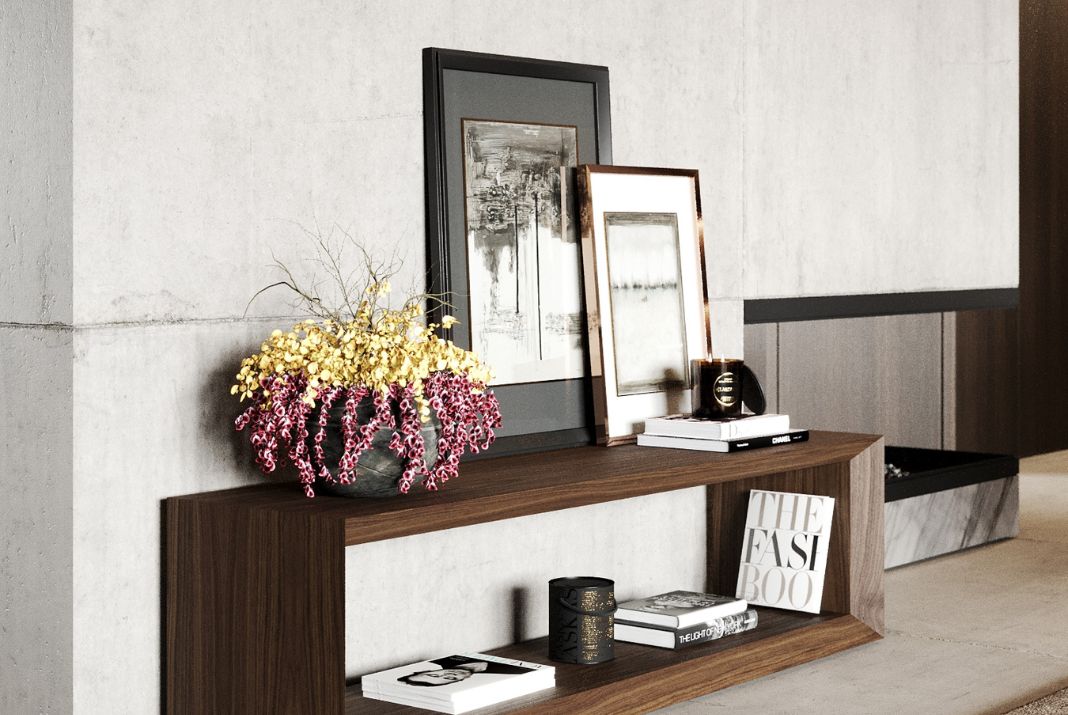
Adding personal touches and sentimental objects to your space can infuse it with a unique emotional significance. Displaying cherished photographs, artwork, or heirlooms can evoke feelings of nostalgia, happiness, and a sense of personal identity. Surrounding yourself with items that hold sentimental value can create a space that truly reflects who you are and enhances your emotional connection to the environment.
Design Styles and Their Emotional Associations
Different design styles have distinct emotional associations, and choosing the right style for your space can contribute to the desired emotional experience.
Minimalism: Calmness and Simplicity
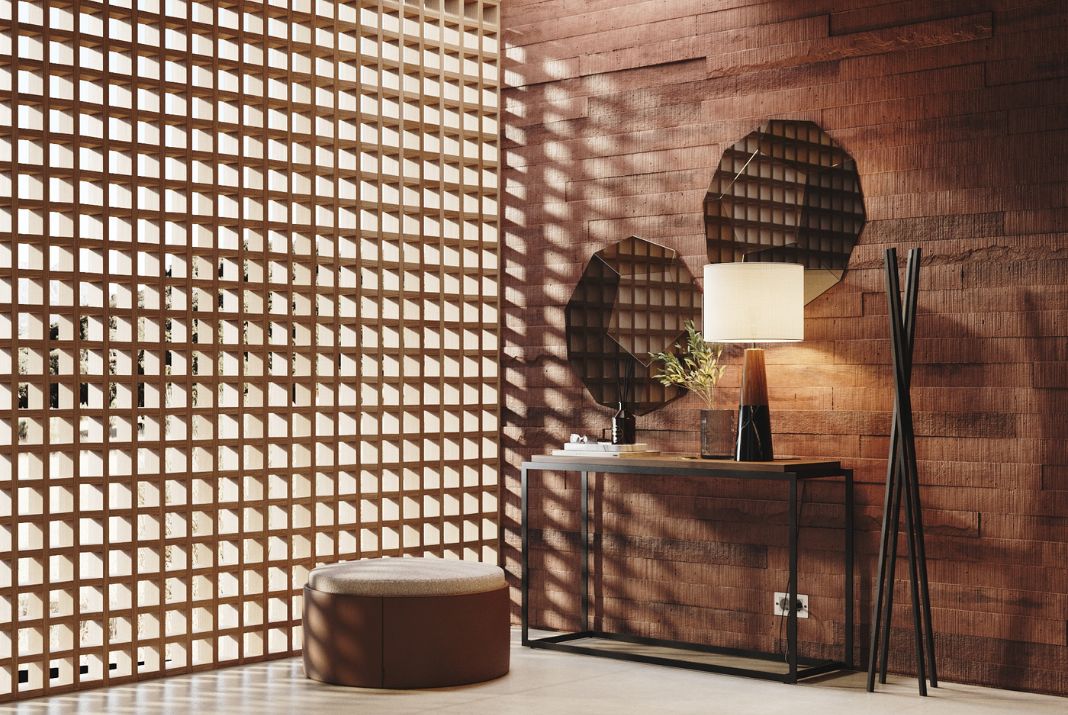
Minimalism focuses on simplicity, clean lines, and a clutter-free environment. This design style promotes a sense of calmness, order, and clarity. By eliminating excess and creating a minimalist space, you can foster a serene and peaceful atmosphere that allows for relaxation and mental clarity.
Eclectic: Expressiveness and Creativity
The eclectic design embraces a mix of different styles, periods, and cultural influences. This style encourages self-expression, creativity, and individuality. By combining diverse elements, textures, and colours, you can create a visually stimulating and dynamic space that reflects your unique personality and sparks inspiration.
Scandinavian: Serenity and Cosiness
Scandinavian design is characterized by simplicity, functionality, and a focus on natural light. This style emphasizes creating a cosy and inviting atmosphere with light colours, natural materials, and a minimalist aesthetic. The Scandinavian design promotes a sense of serenity, hygge (a Danish concept of cosiness), and warmth, making it ideal for creating a comfortable and welcoming home environment.
Industrial: Boldness and Urban Vibes
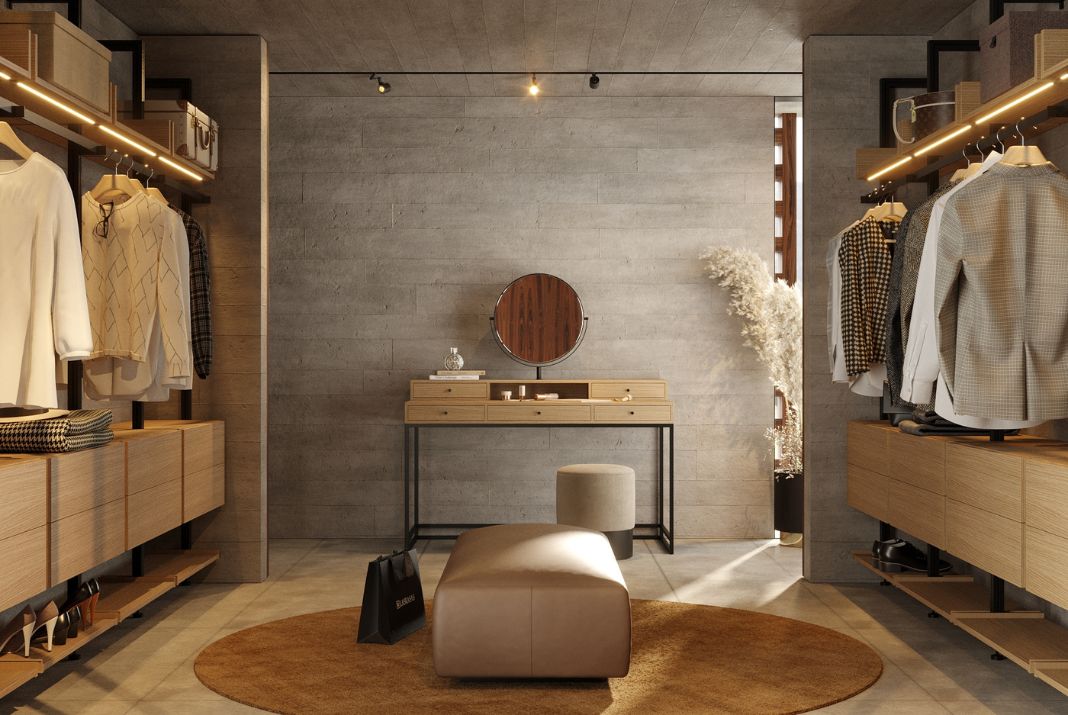
The industrial design draws inspiration from raw, unfinished elements such as exposed brick, concrete, and metal. This style embraces a sense of ruggedness, edginess, and urban sophistication. By incorporating industrial elements into your space, you can create an environment that exudes confidence, strength, and a touch of urban charm.
The Psychological Impact of Design
Understanding the psychological impact of design is crucial for creating spaces that effectively engage and resonate with individuals on a deeper level.
The Influence of Cognitive Psychology
Cognitive psychology plays a significant role in design, as it focuses on how people perceive, process, and interpret information. By understanding cognitive principles such as visual perception, attention, and memory, designers can create spaces that optimize the user experience and evoke specific emotional responses. For example, using focal points and clear pathways can guide attention and enhance the overall flow and usability of a space.
Emotional Design and the User Experience
Emotional design aims to create products and spaces that elicit emotional responses from users. It recognizes that our emotions greatly impact our decision-making and overall satisfaction with a design. By considering the emotional needs and desires of users, designers can create experiences that are not only functional but also emotionally fulfilling. This approach can result in increased user engagement, loyalty, and a deeper connection with the designed environment.
Designing for Well-being and Mental Health
Design has the potential to greatly impact our well-being and mental health. By incorporating elements that promote relaxation, comfort, and sensory stimulation, designers can create spaces that support mental well-being. Access to natural light, greenery, and areas for relaxation and reflection can contribute to reducing stress, improving mood, and enhancing overall psychological well-being.
Implementing Emotional Design in Different Spaces
The principles of emotional design can be applied to various types of spaces to create environments that cater to specific needs and desired experiences.
Residential Spaces: Creating Personal Sanctuaries
In our homes, we seek comfort, relaxation, and a sense of personal expression. By integrating elements of emotional design, such as colour psychology, personalized touches, and cosy textures, we can create a sanctuary that nurtures our well-being and reflects our unique personality. Thoughtfully designing bedrooms, living areas, and personal spaces can contribute to a harmonious and emotionally fulfilling home environment.
Office Spaces: Boosting Productivity and Morale
Office environments greatly influence productivity, creativity, and employee well-being. By incorporating elements of emotional design, such as comfortable and ergonomic furniture, adequate lighting, and collaborative spaces, employers can create work environments that foster positive emotions, engagement, and motivation. Designing offices with attention to employee needs can result in improved productivity, satisfaction, and overall well-being in the workplace.
Retail Spaces: Invoking Desire and Connection
Retail spaces aim to captivate customers, create desire, and encourage purchase decisions. By utilizing emotional design strategies such as effective lighting, enticing visual displays, and sensory stimuli, retailers can create immersive and memorable experiences. Thoughtfully designed retail spaces can evoke positive emotions, establish a connection with customers, and ultimately drive sales.
Hospitality Spaces: Fostering Comfort and Memorable Experiences
Hotels, restaurants, and other hospitality spaces aim to provide guests with comfort, relaxation, and memorable experiences. Emotional design plays a crucial role in creating environments that evoke positive emotions and leave a lasting impression. Attention to details such as ambience, lighting, materials, and personalized touches can enhance the overall guest experience, foster emotional connection, and encourage repeat visits.
Design choices extend beyond functionality, encompassing the emotional impact of the spaces we inhabit. By understanding the psychological and emotional aspects of design, we can create environments that resonate with us on a deeper level. Incorporating elements such as colour, lighting, texture, and personalization can significantly enhance our emotional experience within a space. Whether it's our homes, offices, or public places, the emotional design allows us to shape our environments in ways that enrich our lives and promote well-being.
